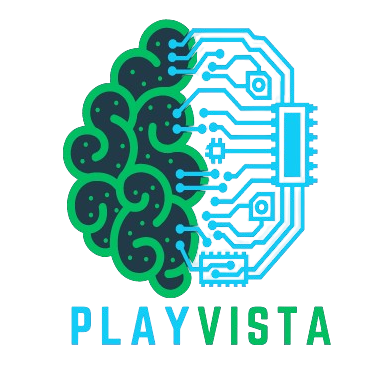Introduction:
The concept of the office has undergone a remarkable transformation over the years, evolving from traditional cubicles and rigid structures to dynamic, collaborative spaces that reflect the changing nature of work. As technological advancements and societal shifts continue to shape our professional lives, the office has become a focal point for innovation, productivity, and employee well-being.
- From Cubicles to Collaboration: The Open Office Revolution
Gone are the days of isolated cubicles and closed-door offices. The open office layout has gained popularity as a way to foster collaboration, communication, and a sense of community among employees. This shift has been driven by the recognition that teamwork and creativity thrive in an environment that encourages interaction and idea-sharing.
- Remote Work and Flexibility: Redefining the Boundaries of the Office
The rise of remote work, accelerated by global events, has challenged the traditional definition of the office. Companies are increasingly adopting 오피사이트 flexible work arrangements, allowing employees to work from home, coworking spaces, or even while on the move. This flexibility not only enhances work-life balance but also taps into the diverse talents of a geographically dispersed workforce.
- Technology as the Cornerstone: Smart Offices and Digital Integration
The modern office is powered by technology, transforming the way we work. From smart buildings and automated systems to virtual collaboration tools, technology plays a pivotal role in creating efficient and connected workplaces. Smart offices use data analytics to optimize energy consumption, enhance security, and provide personalized work environments, contributing to sustainability and employee satisfaction.
- Wellness in the Workplace: Prioritizing Employee Health and Happiness
Recognizing the impact of the work environment on employee well-being, organizations are placing a greater emphasis on creating healthy and supportive workplaces. Incorporating elements such as natural lighting, ergonomic furniture, fitness facilities, and wellness programs, companies are investing in the physical and mental health of their workforce, leading to increased productivity and job satisfaction.
- Diversity and Inclusion: Shaping Inclusive Workspaces
The modern office is also a reflection of the commitment to diversity and inclusion. Companies are designing spaces that cater to a diverse range of employees, considering different working styles, accessibility, and cultural sensitivities. Inclusive office design fosters a sense of belonging, encouraging employees to bring their authentic selves to work and contributing to a more innovative and collaborative atmosphere.
- The Hybrid Future: Balancing In-Person and Remote Collaboration
The future of the office is likely to be hybrid, combining the best aspects of in-person and remote work. Organizations are reevaluating their office spaces to create environments that support both collaborative activities and focused individual work. This hybrid model allows employees to enjoy the benefits of face-to-face interactions while providing the flexibility to work from anywhere.
Conclusion:
The office, once a static and standardized space, has become a dynamic entity that evolves with the needs and expectations of the modern workforce. As we navigate the changing landscape of work, the office remains a central hub for collaboration, innovation, and employee engagement. By embracing flexibility, technology, wellness initiatives, and a commitment to diversity, organizations can create workplaces that not only adapt to change but also drive positive outcomes for both employees and the

